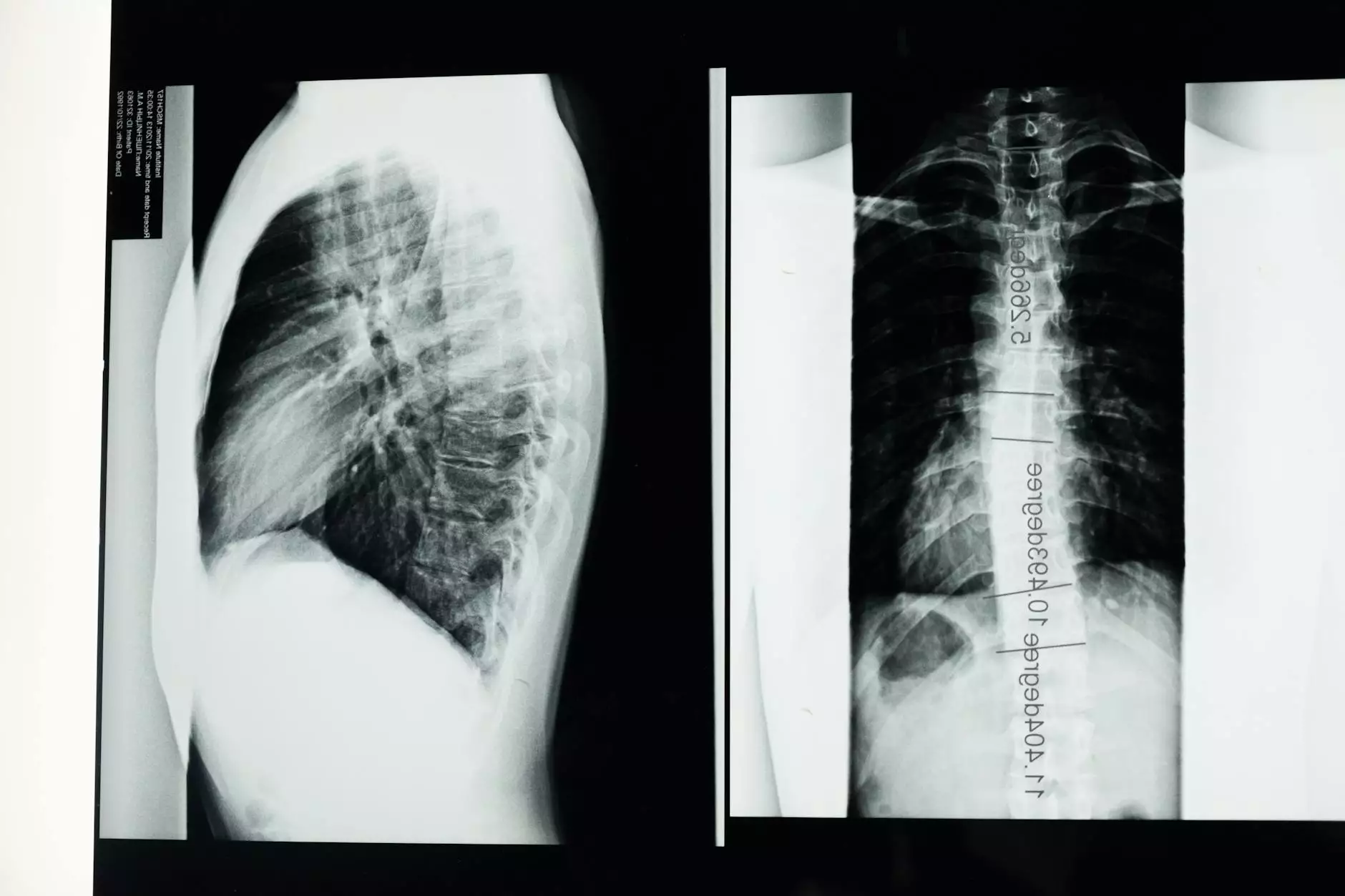Understanding Dark Spots on Legs: Causes, Prevention, and Treatment

The appearance of dark spots on legs can be concerning for many individuals. While they are often harmless, they can indicate underlying health issues or simply be a cosmetic concern. This comprehensive guide aims to provide you with all the necessary information regarding dark spots on legs, including their causes, prevention strategies, and treatment options.
What Are Dark Spots on Legs?
Dark spots, also known as hyperpigmentation, occur when certain areas of the skin produce excessive melanin, the pigment responsible for skin color. These spots can vary in size and shape, and they may range in color from light brown to dark black. Commonly occurring on the legs, these spots can affect anyone regardless of skin type or age.
Causes of Dark Spots on Legs
Understanding the causes of dark spots is crucial to mitigating their appearance. Several factors contribute to the development of dark spots on legs:
1. Sun Exposure
One of the primary reasons for dark spots is prolonged exposure to the sun. Ultraviolet (UV) rays can damage the skin and trigger melanin production, resulting in brown or dark patches.
2. Aging
As we age, the skin undergoes various changes, including an increase in pigmented lesions. These age spots can often appear as dark spots on the legs.
3. Hormonal Changes
Hormonal fluctuations, particularly during pregnancy or menopause, can lead to changes in skin pigmentation. This condition is known as melasma and can result in dark spots on the legs.
4. Skin Injuries or Inflammation
Any injury or inflammation to the skin, such as cuts, abrasions, or conditions like eczema, can result in post-inflammatory hyperpigmentation, causing dark spots in the affected area.
5. Medical Conditions
Certain medical conditions, including diabetes and liver disease, can contribute to skin changes and the appearance of dark spots. Consult a healthcare professional if you suspect an underlying health issue.
6. Medication Side Effects
Some medications can cause increased pigmentation as a side effect. If you've started a new medication and notice dark spots, contact your doctor for advice.
Preventing Dark Spots on Legs
While some causes of dark spots are unavoidable, there are several preventive measures you can take to protect your skin and reduce the risk of developing new spots:
1. Use Sunscreen
Regularly applying a broad-spectrum sunscreen with at least SPF 30 to your legs, especially during prolonged sun exposure, can help prevent the formation of dark spots. Remember to reapply every two hours.
2. Wear Protective Clothing
When spending time outdoors, consider wearing protective clothing such as long pants and a wide-brimmed hat to shield your legs from the sun.
3. Maintain Skin Hydration
Keeping your skin moisturized can help prevent irritation and inflammation. Use a good quality moisturizer after bathing to lock in moisture.
4. Limit Sun Exposure
Try to avoid being in direct sunlight during peak hours (10 AM - 4 PM) when UV rays are the strongest.
5. Seek Professional Guidance
If you have a history of dark spots or skin conditions, consult with specialists at Truffles Vein Specialists for personalized preventive strategies.
Treating Dark Spots on Legs
If you already have dark spots on your legs, numerous treatment options can help minimize their appearance:
1. Topical Treatments
Over-the-counter creams and serums containing ingredients like hydroquinone, retinoids, kojic acid, or vitamin C can promote skin cell turnover and lighten dark spots. Always consult a dermatologist for recommendations.
2. Chemical Peels
Chemical peels involve applying a solution to the skin that causes it to exfoliate, revealing fresher and less pigmented skin underneath. This treatment can be done by professionals and is generally effective for dark spots.
3. Laser Therapy
Laser treatments can target and break down excess melanin, significantly reducing the appearance of dark spots. However, results may vary depending on skin type and the extent of discoloration.
4. Microdermabrasion
This treatment uses tiny exfoliating crystals to remove the outer layer of dead skin cells, which can help improve skin texture and reduce the appearance of dark spots.
5. Natural Remedies
Some natural remedies may help lighten dark spots, such as:
- Apple Cider Vinegar: Dilute with water and apply to the spots.
- Aloe Vera: Regular application can soothe skin and lighten dark patches.
- Lemon Juice: Natural bleaching properties; apply cautiously and with sunscreen afterward.
When to See a Doctor
If dark spots on your legs are new, changing in appearance, or accompanied by other symptoms (such as itching or bleeding), you should seek medical advice immediately. It's crucial to differentiate between benign pigmentation and signs of a more serious condition.
The Role of Vascular Medicine Specialists
At Truffles Vein Specialists, our team consists of highly trained vascular medicine specialists who can help diagnose the causes of dark spots on legs, especially if they are related to venous issues. Proper evaluation and treatment can significantly improve not just your appearance but also your overall skin health.
Conclusion
Dark spots on legs, while often benign, can sometimes indicate underlying health concerns. Understanding their causes and recognizing the need for prevention and treatment can empower you to manage your skin health effectively. Whether through lifestyle adjustments or medical interventions, it's possible to minimize the appearance of dark spots and enhance your confidence. For further assistance and expert care, reach out to Truffles Vein Specialists and take the first step towards healthier skin.
Additional Resources
For more information on skin health and vascular medicine, consider exploring:
- American Academy of Dermatology
- American College of Phlebology
- National Institutes of Health









